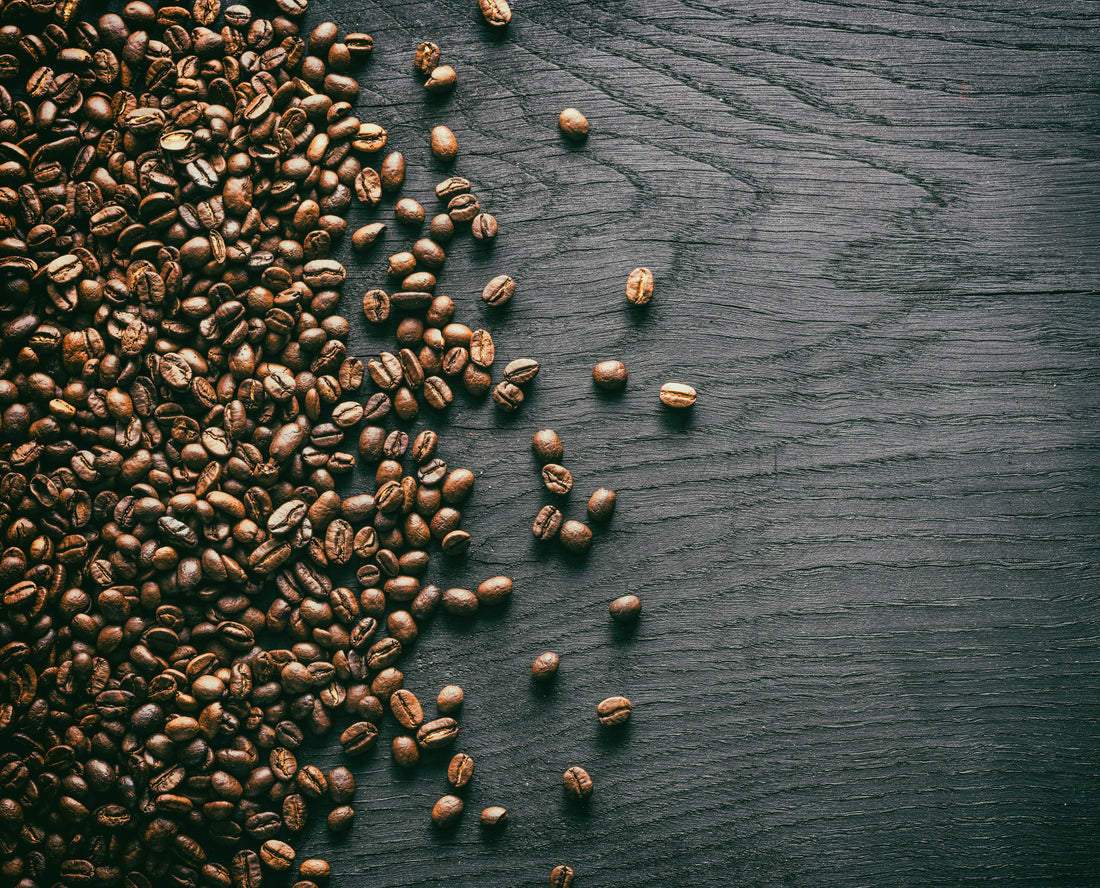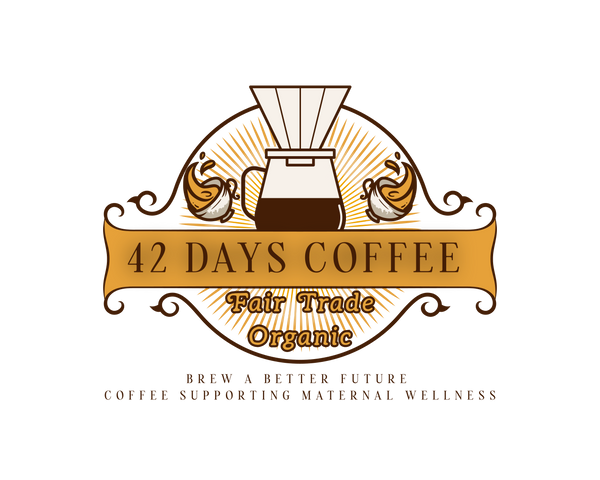
How Is Decaffeinated Coffee Made? Is It Really Caffeine-Free?
Share
Coffee is one of the world’s most beloved beverages, enjoyed by millions daily for its rich flavor and energizing caffeine kick. However, for those sensitive to caffeine or simply looking to reduce their intake, decaffeinated coffee offers a delightful alternative. There are several methods used to remove caffeine from coffee beans, each with its own unique process and impact on flavor. In this blog post, we’ll explore three popular decaffeination methods: the Swiss Water Process, the Carbon Dioxide Method, and the Chemical Solvent Method, with a particular focus on the Swiss Water Process.
The Swiss Water Process
The Swiss Water Process is renowned for its chemical-free approach to decaffeination, making it a popular choice among health-conscious coffee enthusiasts. This method involves soaking green coffee beans in hot water to dissolve the caffeine and other soluble compounds. The water, now infused with coffee solubles, is then passed through a carbon filter that captures the caffeine while allowing the flavor compounds to remain. The beans are then reintroduced to the filtered water, reabsorbing the flavor compounds without the caffeine. This process is repeated until the beans are 99.9% caffeine-free. What’s particularly appealing about the Swiss Water Process is its ability to preserve the coffee’s natural flavors and aroma, offering a decaffeinated option that closely mirrors the taste of its caffeinated counterpart.
Click here to see an animated view of this process.
Carbon Dioxide Method
The Carbon Dioxide Method involves soaking the coffee beans in liquid CO2 at high pressure. The CO2 selectively binds with caffeine, extracting it from the beans while leaving most of the flavor compounds intact. This method is highly effective and maintains a good flavor profile, though it requires specialized equipment and is generally more expensive.
Chemical Solvent Method
The Chemical Solvent Method uses either methylene chloride or ethyl acetate as solvents to extract caffeine. In the direct method, beans are steamed and then rinsed with the solvent, which selectively removes the caffeine. The indirect method involves soaking the beans in hot water, then using the solvent to extract caffeine from the water. Afterward, the beans are re-soaked in the caffeine-free water to reabsorb the flavor compounds. Although effective, some consumers prefer to avoid this method due to concerns about chemical residues.
Caffeine Content and Consumption Statistics
Despite the various methods available, it’s important to note that decaffeinated coffee isn’t entirely caffeine-free. On average, decaf coffee contains about 2-5 milligrams of caffeine per 8-ounce cup, compared to the 95 milligrams found in a regular cup of coffee. The exact amount can vary depending on the brand and method of decaffeination.
In terms of consumer preferences, recent statistics indicate that around 80% of coffee drinkers prefer caffeinated coffee, while about 20% opt for decaffeinated. The choice often depends on individual tolerance to caffeine, personal health considerations, and taste preferences.
Decaffeinated coffee has come a long way in offering a satisfying cup that rivals its caffeinated counterpart in both flavor and aroma. With methods like the Swiss Water Process leading the way in chemical-free decaffeination, coffee lovers can enjoy their favorite brew without compromising on taste or health.

